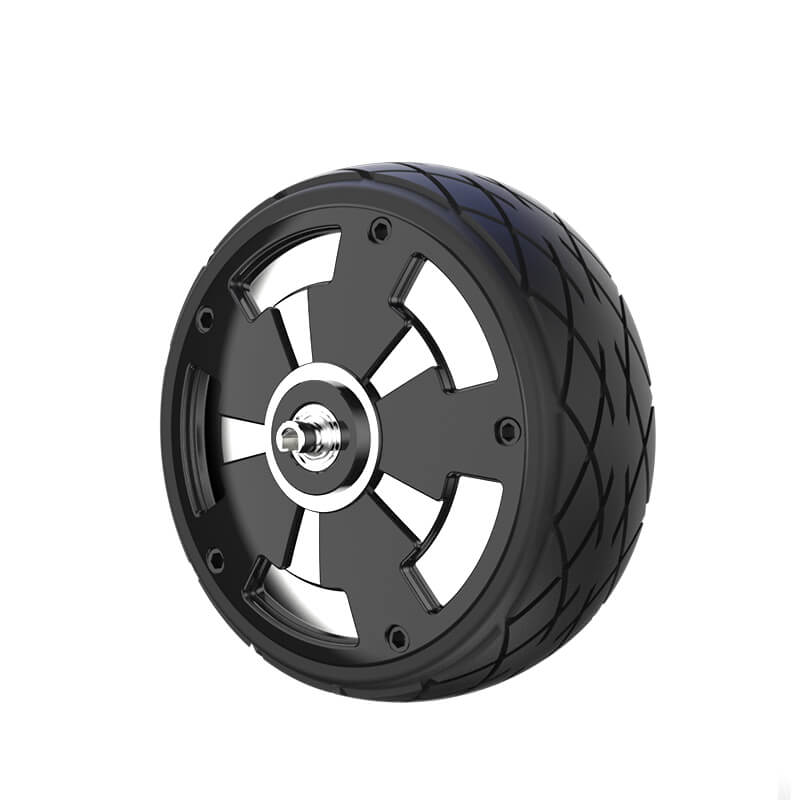Ever worked on a machine, everything’s humming along nicely when suddenly… alarm codes pop up. It’s frustrating, right? Especially when you’re not quite sure what’s going on. Here’s where understanding Fanuc servo amplifier alarm codes can be a game-changer. These digital codes are like a self-diagnosing chip on the shoulder of your equipment. They tell you exactly what’s wrong—if you know what to look for.

Take, for example, an alarm showing up with code 17 or 23. Those aren’t just random numbers. They point directly to issues like overcurrent or overvoltage problems. Instead of wasting hours guessing, you get a clear target. It’s like having a detective’s toolkit right inside your machine.
Now, let’s spin it a bit. Why do these alarms happen? Sometimes it’s dirty power, sudden surges, or maybe just wear and tear over time. The amplifier might be pushing itself too hard or encountering a faulty connection. Imagine it as your car’s check engine light, but for your servo system—once it blinks, it’s telling you, “Hey, check me out.”
What’s really handy is knowing the common alarm codes and their meanings. For instance, alarm 11 often signals a communication error, which might be as simple as a loose wire or a bad port connection. Fixing it? Usually straightforward. But ignoring it? That’s a gamble. Because ignoring alarms can lead to bigger failures or even damage the whole system.
You know how sometimes you get a warning but can’t quite decipher it? It’s like getting a QR code but no scanner around. That’s when a good manual or a reliable tech support line becomes your best friend. They’ll tell you whether it’s a quick reset or a deeper repair needed.
In the world of servo amplifiers, understanding alarm codes isn’t just about fixing; it’s about preventing chaos. A small misstep in diagnosing can cascade into costly downtime. That’s why having a repository of alarm code meanings at your fingertips saves you money, time, and headaches.
So, here’s the takeaway: don't brush off those alarm codes. Instead, see them as your system’s way of communicating. Take a moment to interpret them. It’s like giving your machinery a little health check—knowing what’s wrong helps you make smarter decisions, and keeps everything running smooth and fast.
Who knew those little codes could be so powerful? It’s all about getting the message, acting fast, and keeping your operations humming without a hiccup. Next time one pops up, you’ll know just what to do.
Established in 2005, Kpower has been dedicated to a professional compact motion unit manufacturer, headquartered in Dongguan, Guangdong Province, China.




































